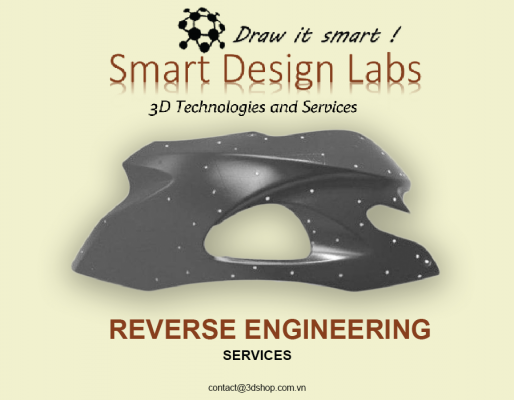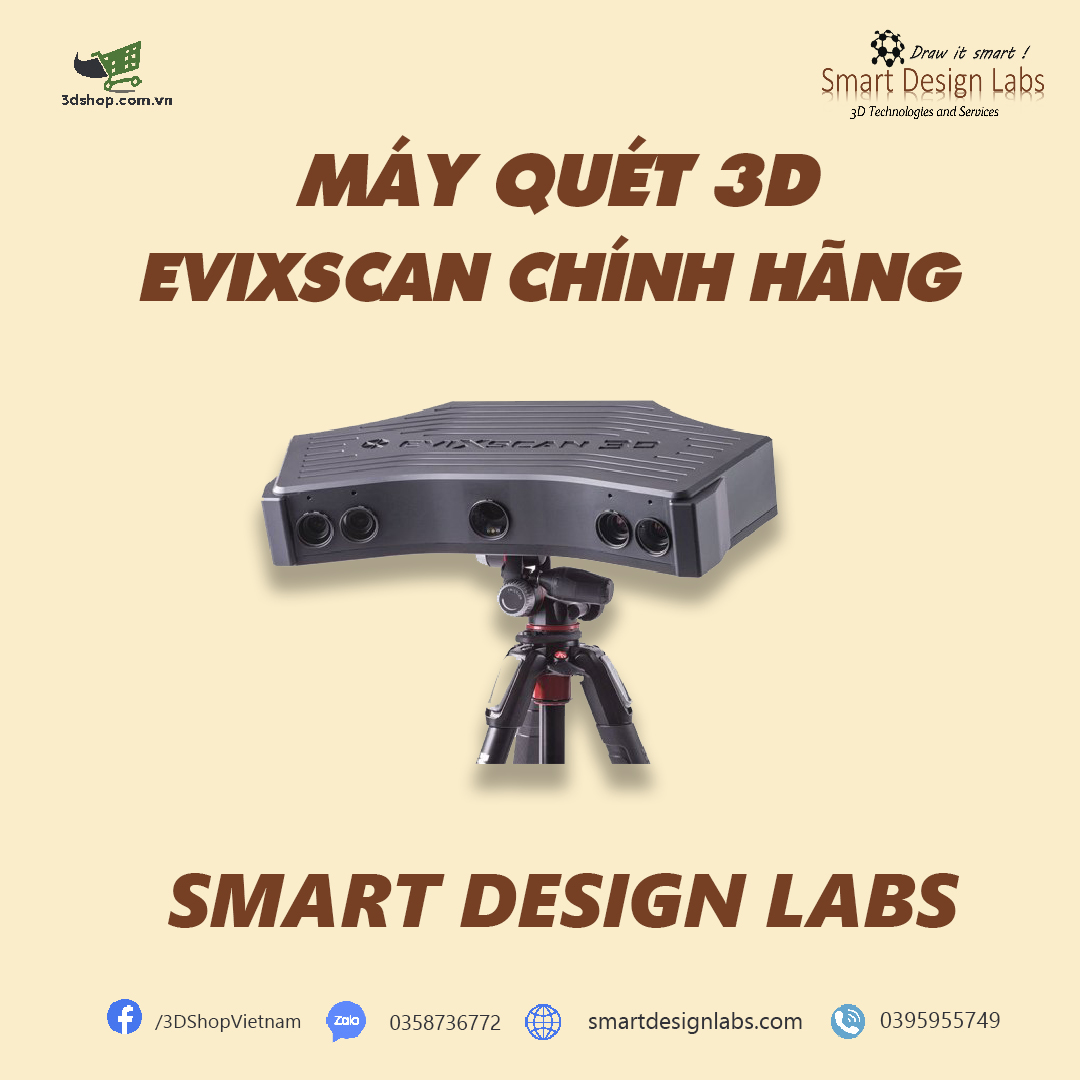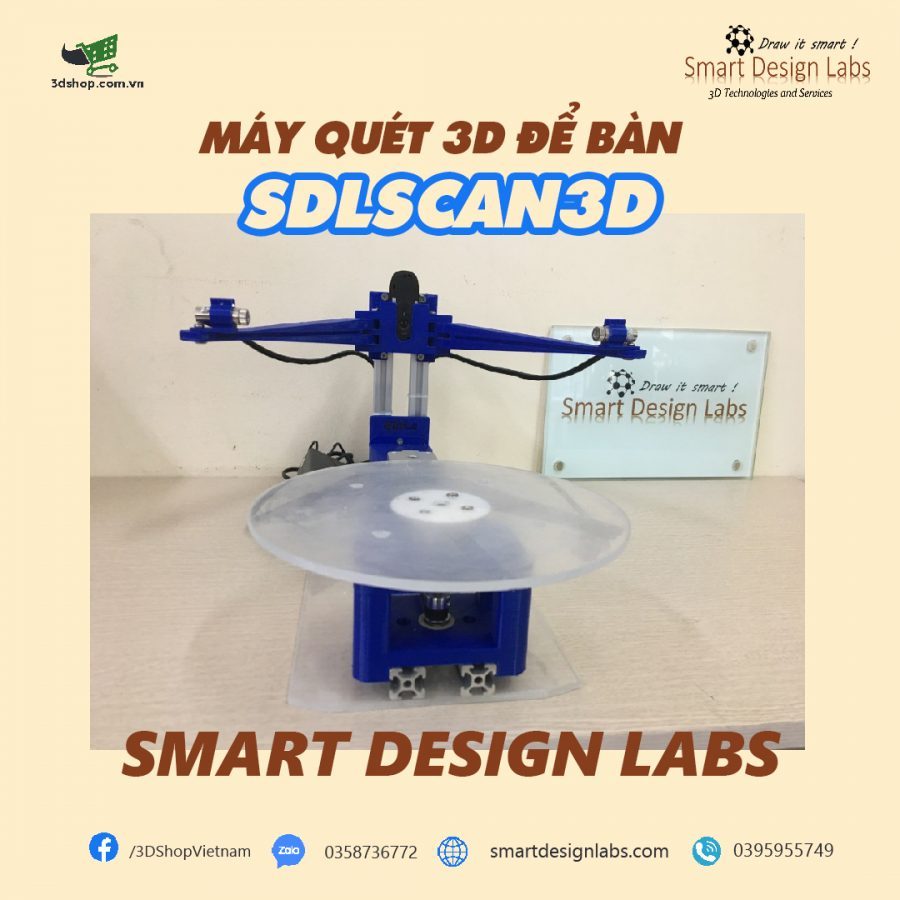As we all know, 3D scanning is the process of digitizing data from real objects; Reverse engineering is the process of redesigning complete specimens through data from 3D scans. This is a combo that always bound together and brings great benefits in archeology.
3D scanning and reverse engineering in archeology
Based on the high accuracy database obtained by 3D scanning, the designer uses reverse engineering technology to create digital 3D models for the rest of the artifacts and print them out with a 3D printer and perform the following processing to complete the restore.

Steps:
Step 1: 3D scanning of antiques needing restoration
The antique piece was brought to the technical room and performed a 3D scan with a handheld 3D scanner. The accuracy of 3D data obtained after scanning is very high (0.04mm). Next, the 3D file is edited and saved to move into the design recovery phase.

3D scanning and reverse engineering in archeology
Step 2: Reverse engineer the antique
From 3D scanning files, the samples are designed and restored using design software. Then the design file is saved as .stl and 3D printed.


Step 3: 3D printing antique restored
The design file is encrypted and fed to a 3D printer to form a complete object.
With 3D technology, especially 3D scanning and reverse engineering, archeology has achieved important achievements and great strides.
3D printers – 3D scanners – 3D printing services – Reverse engineering services – 3D scanning services for the mold industry
Smart Design Labs Co., Ltd.
Address: Room 305B, 86 Lê Trọng Tấn, Khương Mai, Thanh Xuân, Hà Nội.
Phone number: 024 7300 1262
Hotline: 039 595 5749 | 035 873 6772
Email: contact@3dshop.com.vn
Facebook: Smart Design Labs Co., Ltd.
a a a a a a a a a a a a a


















